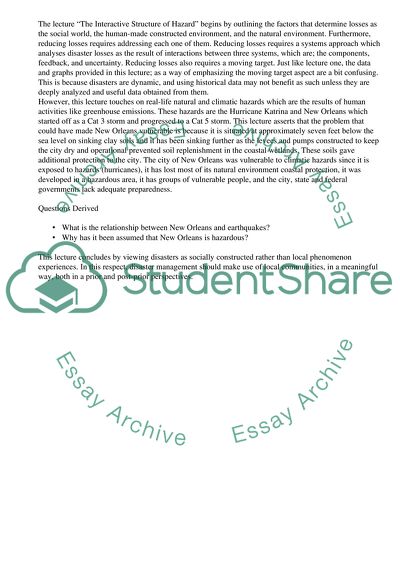Cite this document
(Comprehensive Emergency Management Research Paper, n.d.)
Comprehensive Emergency Management Research Paper. Retrieved from https://studentshare.org/management/1770207-reflective-journal-of-comprehensive-emergency-management
Comprehensive Emergency Management Research Paper. Retrieved from https://studentshare.org/management/1770207-reflective-journal-of-comprehensive-emergency-management
(Comprehensive Emergency Management Research Paper)
Comprehensive Emergency Management Research Paper. https://studentshare.org/management/1770207-reflective-journal-of-comprehensive-emergency-management.
Comprehensive Emergency Management Research Paper. https://studentshare.org/management/1770207-reflective-journal-of-comprehensive-emergency-management.
“Comprehensive Emergency Management Research Paper”, n.d. https://studentshare.org/management/1770207-reflective-journal-of-comprehensive-emergency-management.


